‘Breakout’ with Maternal Art
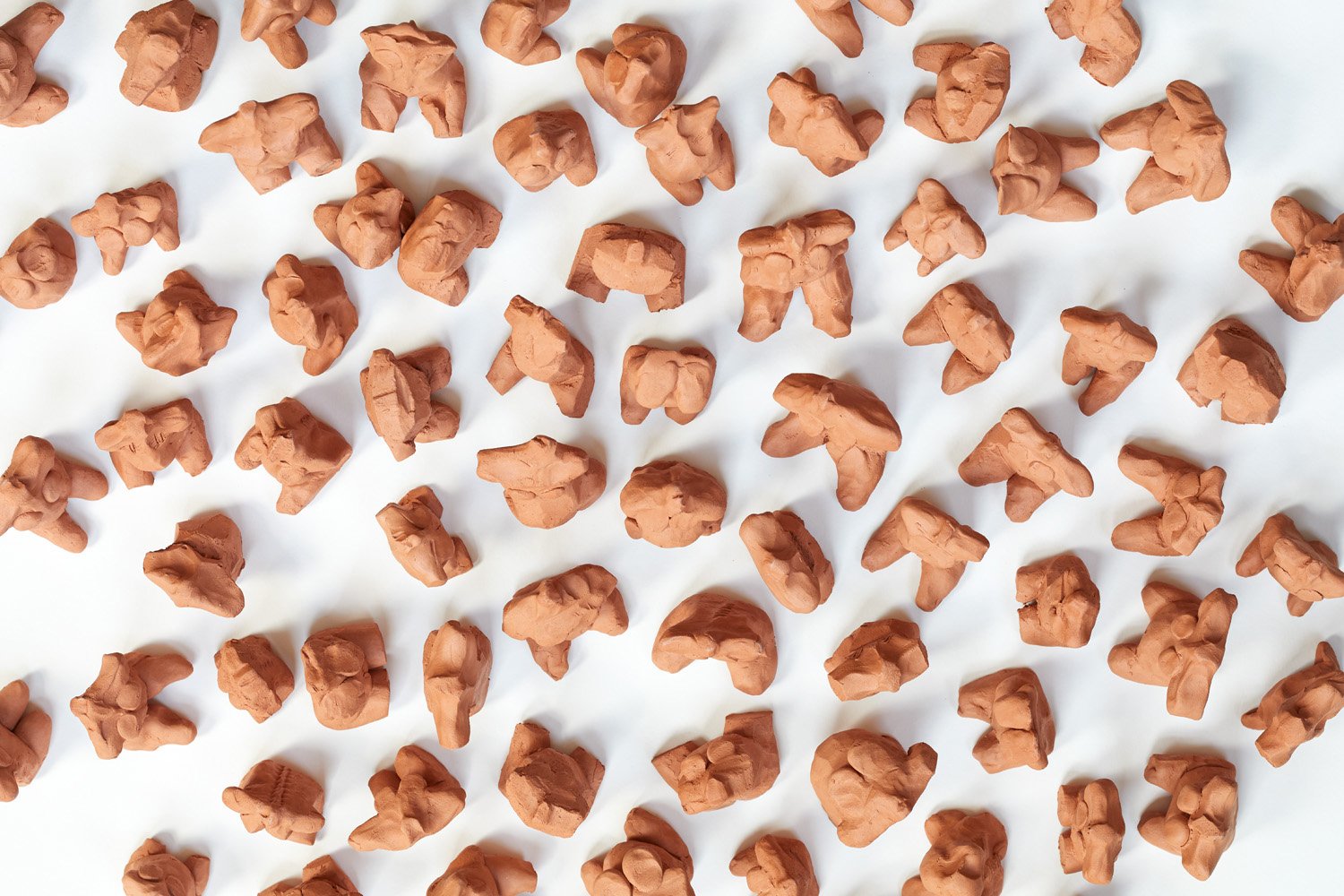
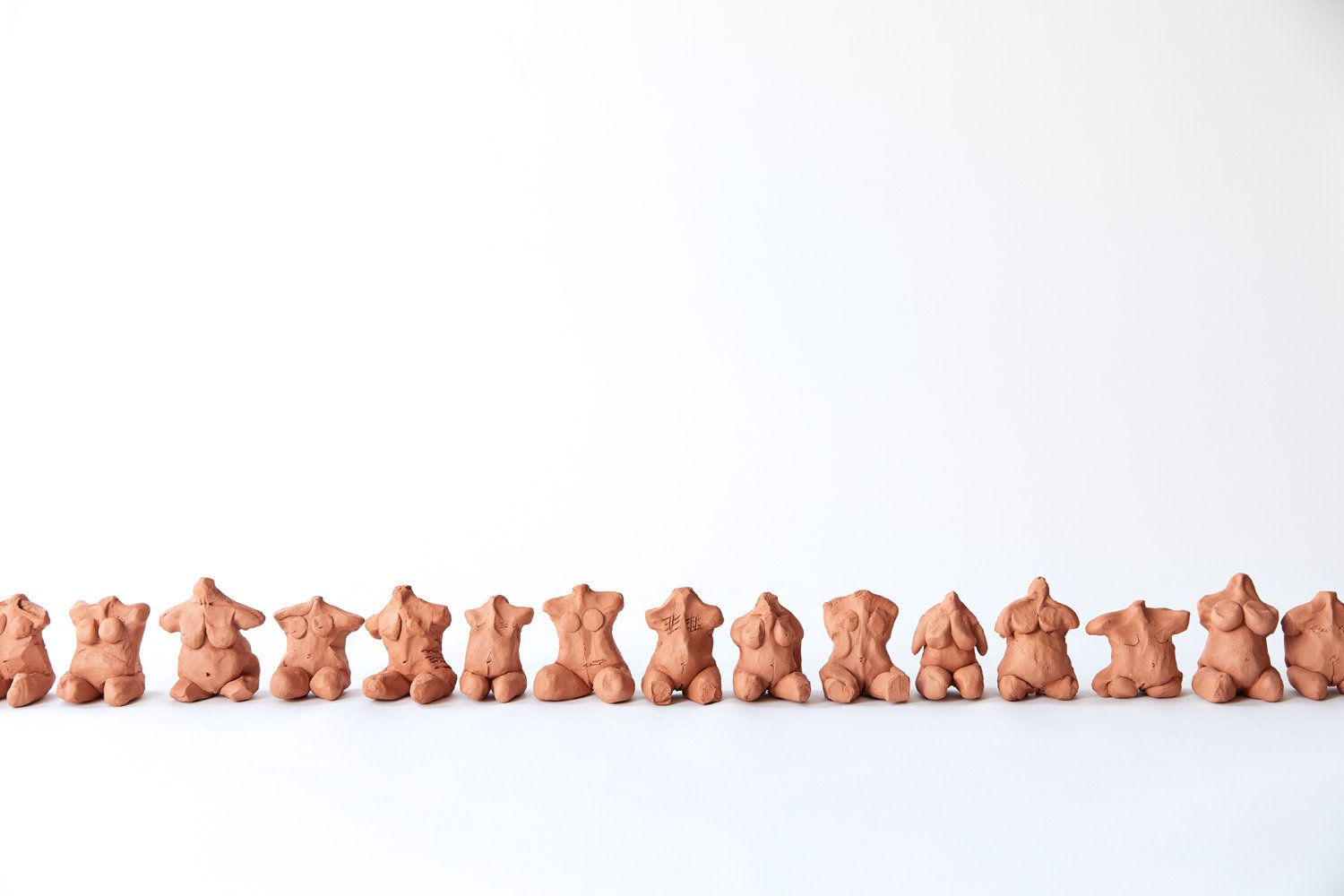

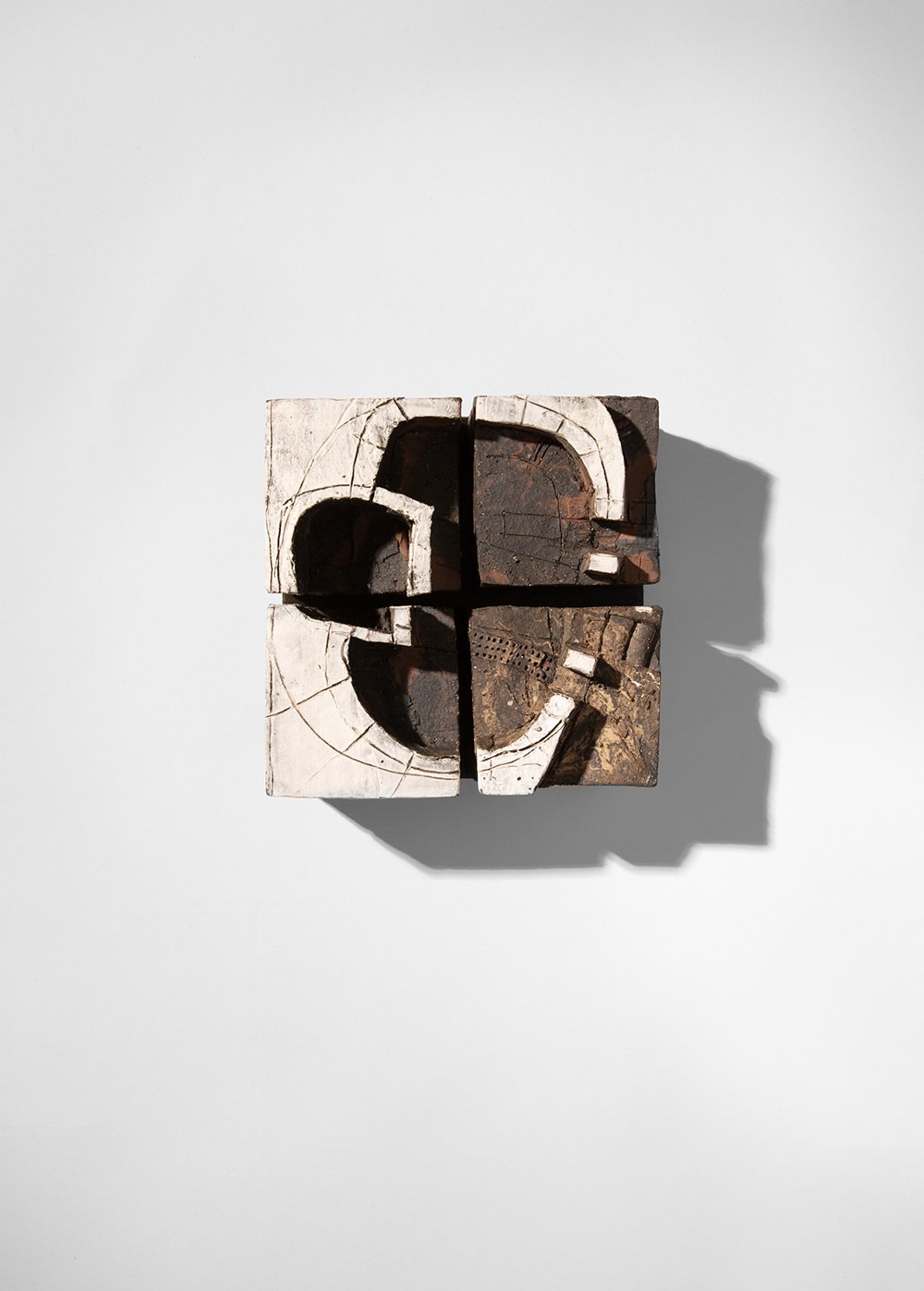
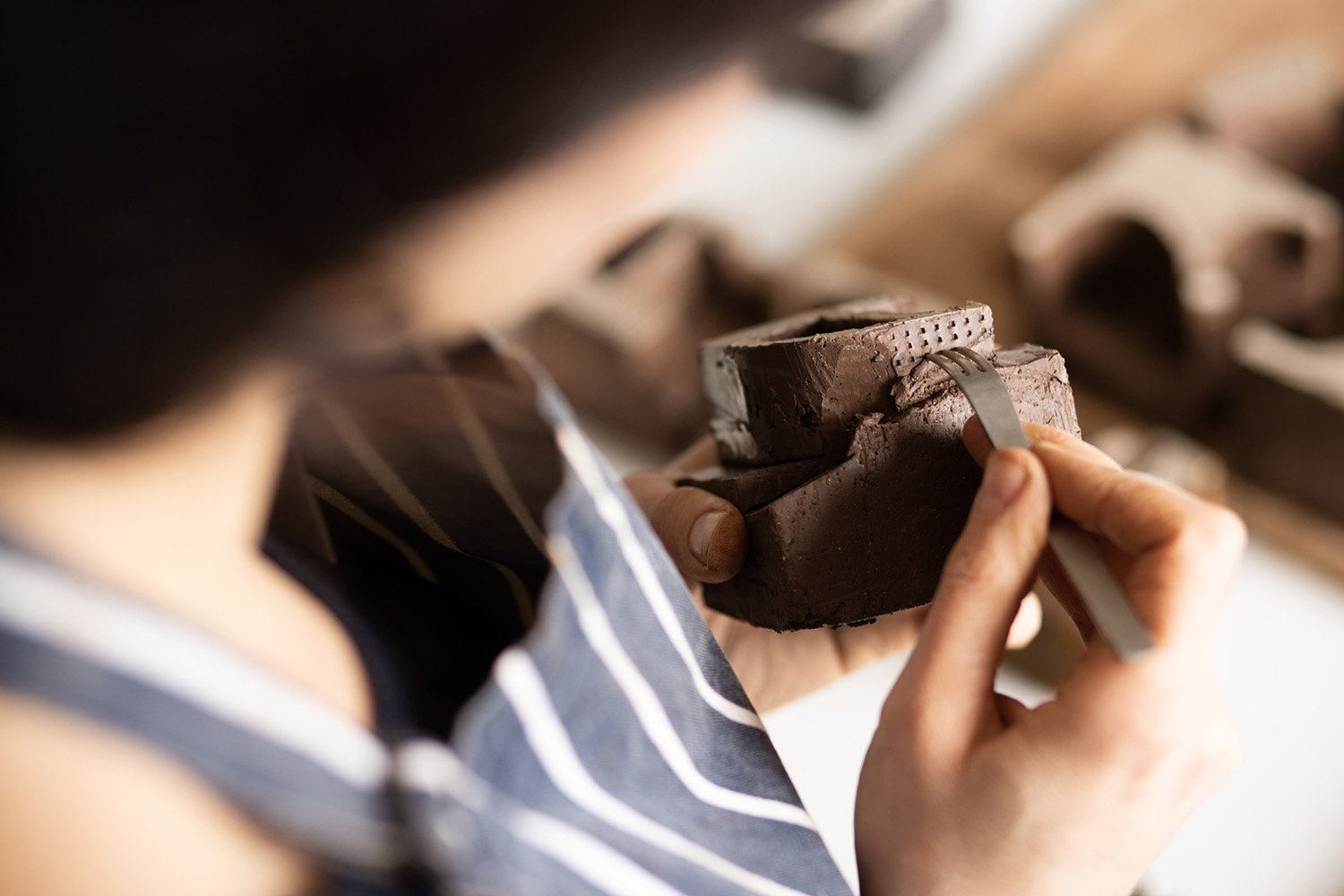
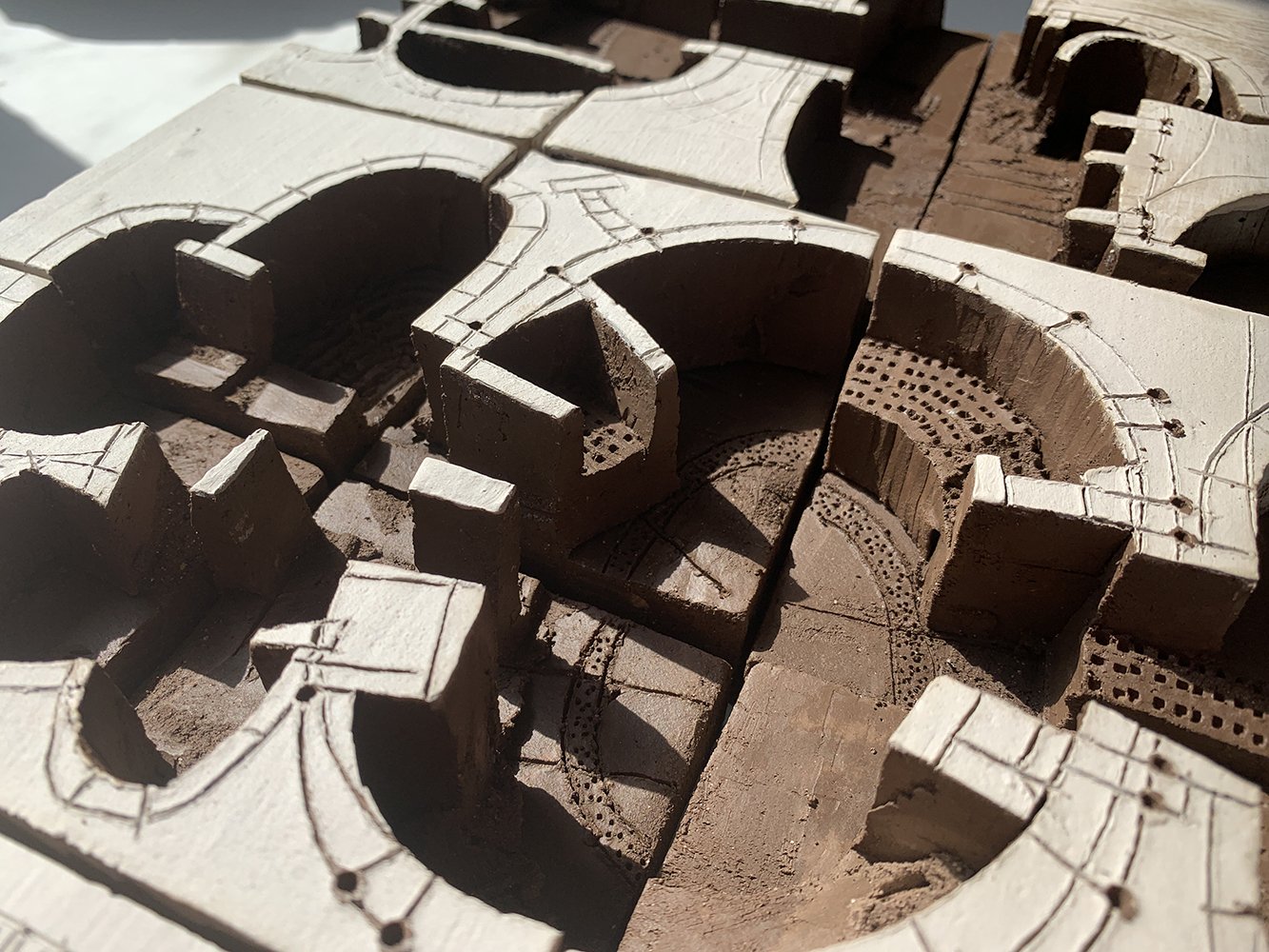
Recreating a Goddess Cult as a Rebellion in Motherhood
I am from Malta, a tiny island in the Mediterranean that is dotted with temples of an ancient Neolithic Goddess cult. As a child I marvelled at temples and statues of fertility goddesses with enormous hips and breasts. Yet it was a patriarchal society in which women are objectified, our bodies deemed suspect, childbirth feared and breastfeeding hidden.
When I became a mother (in London in 2016) I wondered what had happened to the goddess cults of prehistory. How were women now assumed to be the weaker sex? I was processing a traumatic birth, and I felt animal, powerful, connected to life and death yet also isolated and overlooked. I felt rage! In response to this, I made 100 terracotta goddesses over 3 days. Working automatically and quickly; breasts were cut off, scars appeared everywhere, themes of pain, of transformation, alternate ideas of strength and beauty were explored.
There is a theory that suggests that prehistoric goddess statues were also self-portraits (McDermott, 1996). Ancient ‘selfies’. Were they, like me, processing and capturing the life changing transformation that motherhood brings? Or could these statues act as positive visualisations, educational tools, or lucky charms?
As the Goddesses sat drying on my desk in a shared studio in North London, the women in my studio began to walk over, to touch them and talk. The goddesses had a role beyond my personal catharsis. I began to use them as a conversation starter, offering women a space to process their often conflicting relationships with their bodies, and finding friends and role models.
Each Goddess is pocket sized - yet as a group they are powerful. Representing both the multitude of experiences we collect over a lifetime, and our strength as groups and support networks.
Our western society has deprived mothers of the societal support system they need to raise children and the covid-19 lockdowns exacerbated all of this to breaking point. Our focus on individualism during our formative years leaves us with a gaping hole when we become mothers. This is further exacerbated by the ‘supermum’ myth and the pressure to do it perfectly and to cope alone. It does take a village, and by depriving women of the village we are depriving them of support, role models and containment whilst pressuring them to create or outsource the whole village for their kids.
Over this last year I have been making womb-temple pieces referencing the Hagar Qim temples in Malta and inspired by Ana Mendieta who travelled to Malta in 1984 and said: “Being inside the prehistoric temples is like being inside a womb. They really are about nurturing and are very powerful in their human scale”. (Roulet, 2004).
Made of carved and etched clay, they resemble interconnected circular spaces as well as silhouettes of women, elements of wombs, breasts, and vulvas… yet also courtyards, rooms, tombs. In making them I am thinking of alternate ways of living. Circular spaces opening onto shared courtyards; imagining more connectedness and community. This is in direct opposition to the linear, terraced street with fenced gardens in London where I have spent the pandemic.
I have missed my country, the colour of the rock, the sea, and the sun. The covid travel bans and brexit rhetoric have added a sadness to being a migrant. These pieces explore attachment to land, emigrant nostalgia and loss. It can feel like a strong longing to embed myself in the landscape of my childhood. A return to the earth I once knew so well. The earth is a tomb or a womb in which I wish to be cocooned.
My kids are five and a year and a half. A fifth and two thirds of their lives spent with Covid. We have been lucky, yet still we are processing and repairing; I struggle to have hindsight just yet. For now I am grateful for the opportunity to rethink our accepted ways of juggling family life. As I regain time and space I look forward to continuing to explore motherhood through making, and using my art to build connections and communities.
References:
Roulet, L. (2004). Ana Mendieta and Carl Andre: Duet of Leaf and Stone. Art Journal, 63(3), pp. 80-101.
McDermott, L. (1996). Self-Representation in Upper Paleolithic Female Figurines. Current Anthropology, 37(2), 227-275.